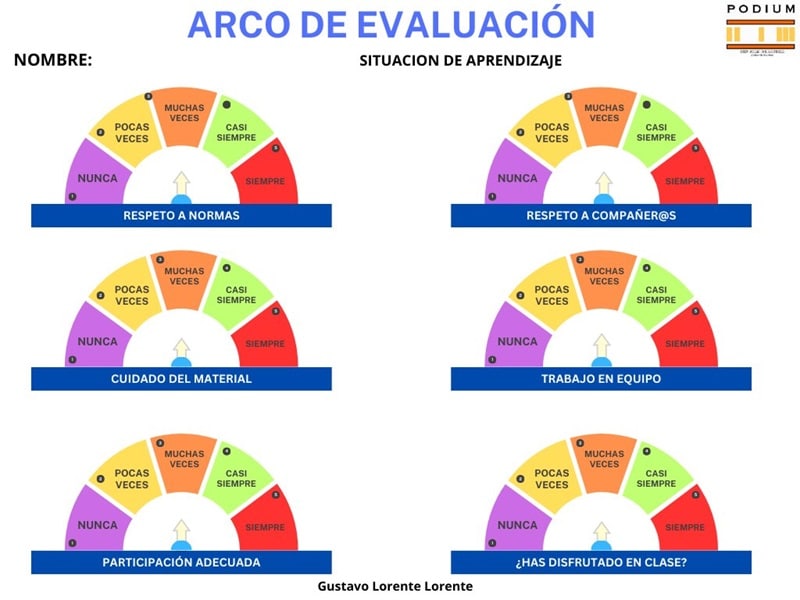The evaluation allows us to measure the progress of students and help them improve in those aspects in which they have the most difficulties. But it is important to remember that evaluating does not only mean giving a grade to an exam after studying the syllabus of a textbook or giving a grade when the end of the academic year is approaching. In reality, there are many aspects that, as a teacher, you must take into account and in which the student has an essential role. It is very clear in the LOMLOE that, in its Article 20, it stipulates that “the evaluation of students will be global, continuous and formative, and will take into account the degree of development of key competencies and their progress throughout the learning processes.” ”. And the law is committed, for example, to carrying out initial evaluations that allow a diagnosis of the students' skills and needs. This is why more and more teachers are opting for alternative evaluation methods or for tools and strategies that allow different nuances to be assessed. An example is the evaluation arcs, a tool that evaluates student learning continuously and progressively throughout the course, instead of doing so at isolated points in the educational process, whether it is a quarter, a complete course or even several years. Therefore, unlike traditional tests such as a final exam, evaluation arcs cover a series of evaluation moments over a given period. In this way, they allow teachers to constantly collect information about student development, and then analyze their evolution.
How do evaluation arcs work and what are their benefits?
The first step to start working with the evaluation arcs is to identify the learning objectives that you want to achieve. From there, teachers must define the activities and evaluation tools that they will use to collect data on student progress at different moments in the process. In addition, teachers can use various methods to do so, such as, for example, self-assessments and co-assessments that encourage reflection on their own progress, periodic exams, assignments with which students collect evidence of their work… And each evaluation carried out at these intervals is It adds up to a general overview that, at the end of the arc, offers a complete vision of the learning process.

Image from the profile of X by @gustavolorente1 But, what benefits does using this type of evaluation tool bring? The first of them is that it provides a holistic vision of learning because, by evaluating constantly and over time, teachers can obtain a more real and detailed image of their students' development, observing not only the final results, but also the processes that lead to those results. On the other hand, they allow greater personalization of learning, thanks to the fact that by identifying strengths and weaknesses throughout the process, teachers can adapt their teaching to meet the individual needs of each student, offering personalized support where necessary. And another key aspect is that they promote student autonomy, through self-assessment and reflection. In this way, students develop greater awareness of their own learning, which promotes self-regulation and autonomy skills.

